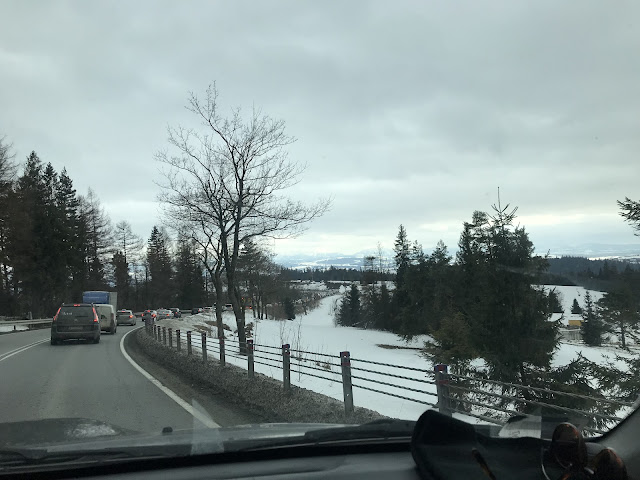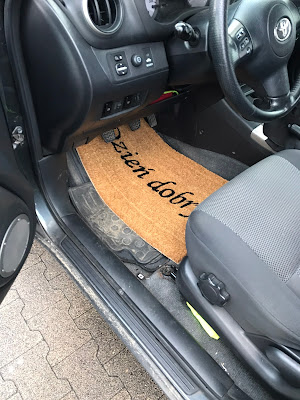Erasmus in Warsaw, The Blog That Cares
Yesterday was bad.
Like really bad. I got sick the day before yesterday, so I had to spend most of
my day in the bed. While Sári and the others were wondering around in the city
I was tied to the bed. They’ve been to so many great places I was, and I’m actually
still genuinely jealous! Although Sári promised me she will take me to those locations
in the near future.
So, I was here,
alone, waiting for my dudes to show up and for my class to begin. Dudes only showed
up around 2100, so the most exciting thing that happened to me was my class.
And you know what?! It was actually interesting.
The lecture was
about urban farming, and about the impacts of green lands in the city.
First, I would like to talk about the advantages of having lots of green in the
cities. Probably the most basic knowledge of green areas is the fact the trees
and everything that’s living, and green absorbs carbon (CO2) and
produces fresh O2. And this is very important, especially nowadays,
in the winter season when some people heat their houses with garbage like tires
or plastic – the city of Szczecin has a really smart way to find these people;
they fly drones above chimneys, and where they found some toxic fumes, they
charge the house owner! Quite smart, eh?! Read more about it here.
However not only the oxygen production is very important for us. Dealing with
water is also a very-very important issue. Nowadays due to the climate change,
the weather is less predictable, rainfalls are a bigger issue than ever, especially
in areas where too much concrete makes it impossible for the water to get in
the soil – typically urban areas. Green areas are also a solution for this
problem, as they are a direct connection between surface, and the deeper soil,
plus they dramatically increase the surface, where the water can spread. And
even if there is too much water, the vegetation slows down the water flow. Just
think about it; if you have 5×5-meter garden, and it’s all just concrete you it
can hold around 2-3 mm water on 25m2. However, if that same garden is
full of grass that means, the rain or water can spread on 25m2 plus
the extra surface generated by the height of the grass. And if that capacity was
filled the soil could still take more water. I have no numbers to prove, but I
believe it is a significant difference.
Besides of possibly solving the problem of flash floods more green in the cities
could solve the problem of cities as heat islands. Concrete surfaces on the
streets, sidewalks, and rooftops heat up pretty fast during the day, and keep the
heat all night. We could easily put soil on rooftops, plant grass, or bushes to
reduce the heat in the cities. However, we could also change bushes to tomato,
onion, potato, or to whatever to use our land more sufficiently. That’s
basically urban agriculture. Here is a
short YouTube video of urban farming, my teacher sent it to us yesterday, it
does worth a watch.
By now I’ve given you 3 reasons proving green areas in the cities are useful,
but I have one more in my pocket I believe is quite surprising. And that’s soundproofing.
The sound is basically movement in the air, which could be absorbed by some item
or by distance. We use massive wall around highways near cities to reduce noise
generated by traffic – leaves take up the energy of the sound and transfer less
and less resonance to each other leave after leave. Pretty amazing right?
The takeaway from
this blog is to encourage your local government to plant more trees, bushes,
even grass could improve your cities livability, by having cleaner air, less floods,
and less noise! Win-win-win simple as that am I right?
That’s it for today,
all the information I gave you are from various classes from studies at the
university, hence there are no certifications.
Thank you for
reading, take care of yourself and our environment,
Almos



Comments
Post a Comment